As I shared in an earlier post about toilet paper, shortly after we got married, my husband and I started considering what small steps we could take to make our lives a little more sustainable and earthcare-focused. One of the things that we're focusing on lately is paper towels.
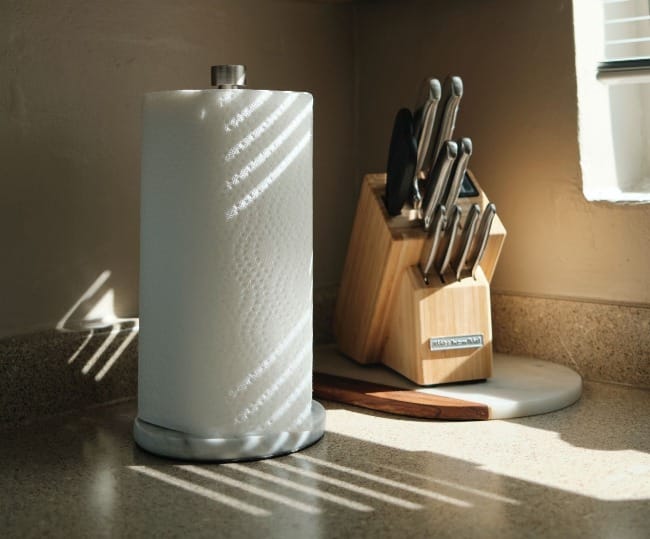
Before we made any changes, we found ourselves constantly spending money on paper towels, while lamenting the fact that they're expensive, single-use, and disposable. Traditional paper towels contribute to deforestation, and aren't recyclable because the fibers are too short and small to be useful, so they just end up in a landfill. You can watch a video about how paper towels are made here. The U.S. alone produces more than 3,000 tons of paper towel waste in a year, and paper towels account for up to 254 million tons of trash every year worldwide. They can be produced with recycled paper, but the production uses a lot of water, and often contains bleach as a whitening agent, which means that they can't be composted. Unbleached paper towels can be composted when they don't have chemicals or grease on them, but our municipal area doesn't pick up compost, and we don't have the space for our own compost in an apartment. So, we turned to alternatives for paper towels!
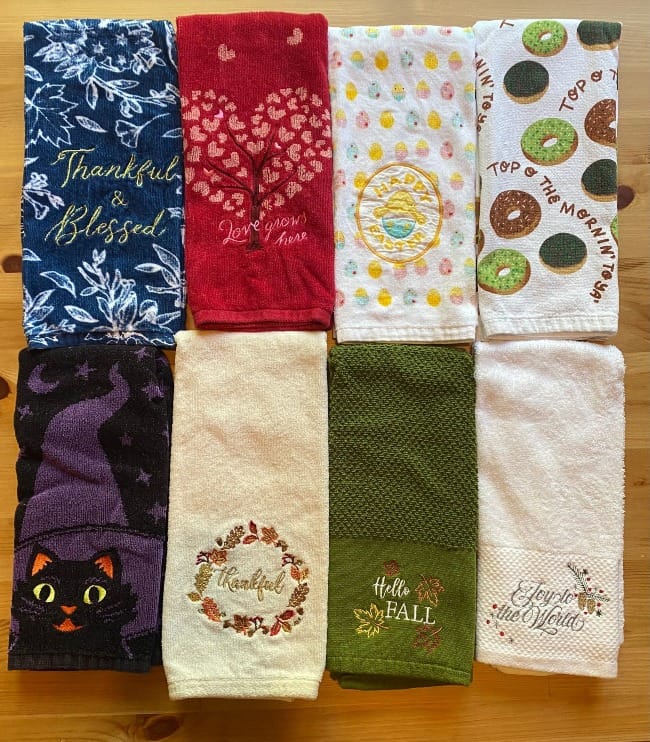
One of the easiest ways to minimize paper towel use in our home was to switch to using real cloth towels. Thankfully, my family loves to gift seasonally themed towels! We have quite an impressive stash of dish cloths, hand towels, and rags to help with everything around the house that we might be tempted to grab a paper towel for. It was a fairly simple switch to start cleaning up, drying dishes, and more with cloth towels or rags instead of paper towels. Cloth towels still require water to wash and energy to dry (unless you're air drying), but they last for years, rather than moments, so they're more environmentally-friendly than paper towels. In our house, we'll also use rags from worn out clothing, sheets, blankets, etc. in place of cloth towels. This can help eliminate the need for new towels, creating less demand for resources to make the towels!
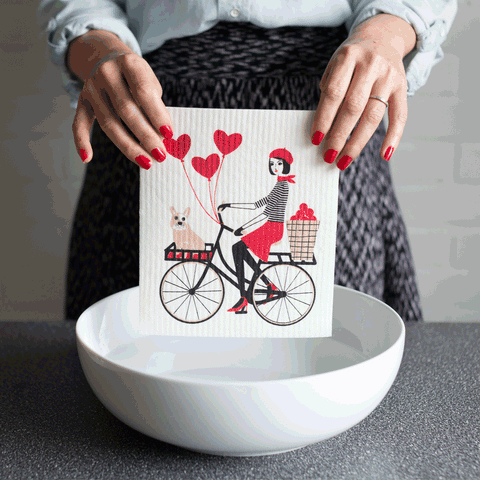
However, sometimes I found myself looking for an option that was "in-between" paper towels and cloth towels, especially for some of the more gross messes I encountered (like a leaking garbage disposal). Enter: the Swedish dishcloth, originally invented in Sweden, and now popular throughout Scandinavia and increasingly, the world. I originally purchased a few to try for our home, and since then have been given others (I currently have the brand Swedish Wholesale).
Swedish dishcloths are made from a combination of cotton and cellulose, or wood pulp, which is sourced from trees. They can be made using "waste cotton" and sustainably sourced cellulose for an even more sustainable product. This combination of materials gives them an admittedly strange texture (they're stiff when dry and floppy when wet), but it has some serious benefits. They last a lot longer than a paper towel or a kitchen sponge; we've found that a single dishcloth lasts me anywhere from 6 months to a year and a half, depending on frequency of use. Our wallet loves this swap!
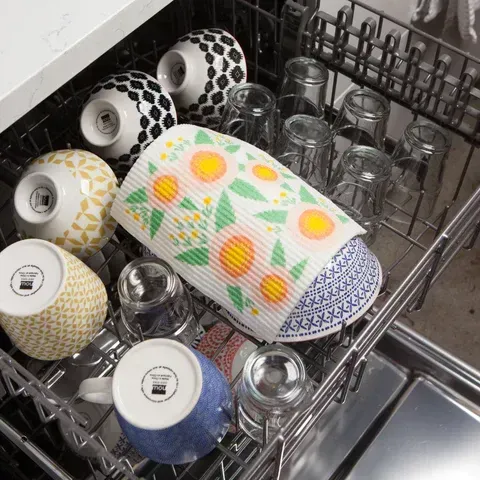
They can be washed in the dishwasher, washing machine, or by boiling them, and they wring out and air-dry very quickly, so they can be used over and over for months without building up the bacteria and grime that kitchen sponges or towels are notorious for. They're also more odor-resistant than sponges, and we've never had a problem with any of ours developing that funky sponge smell.
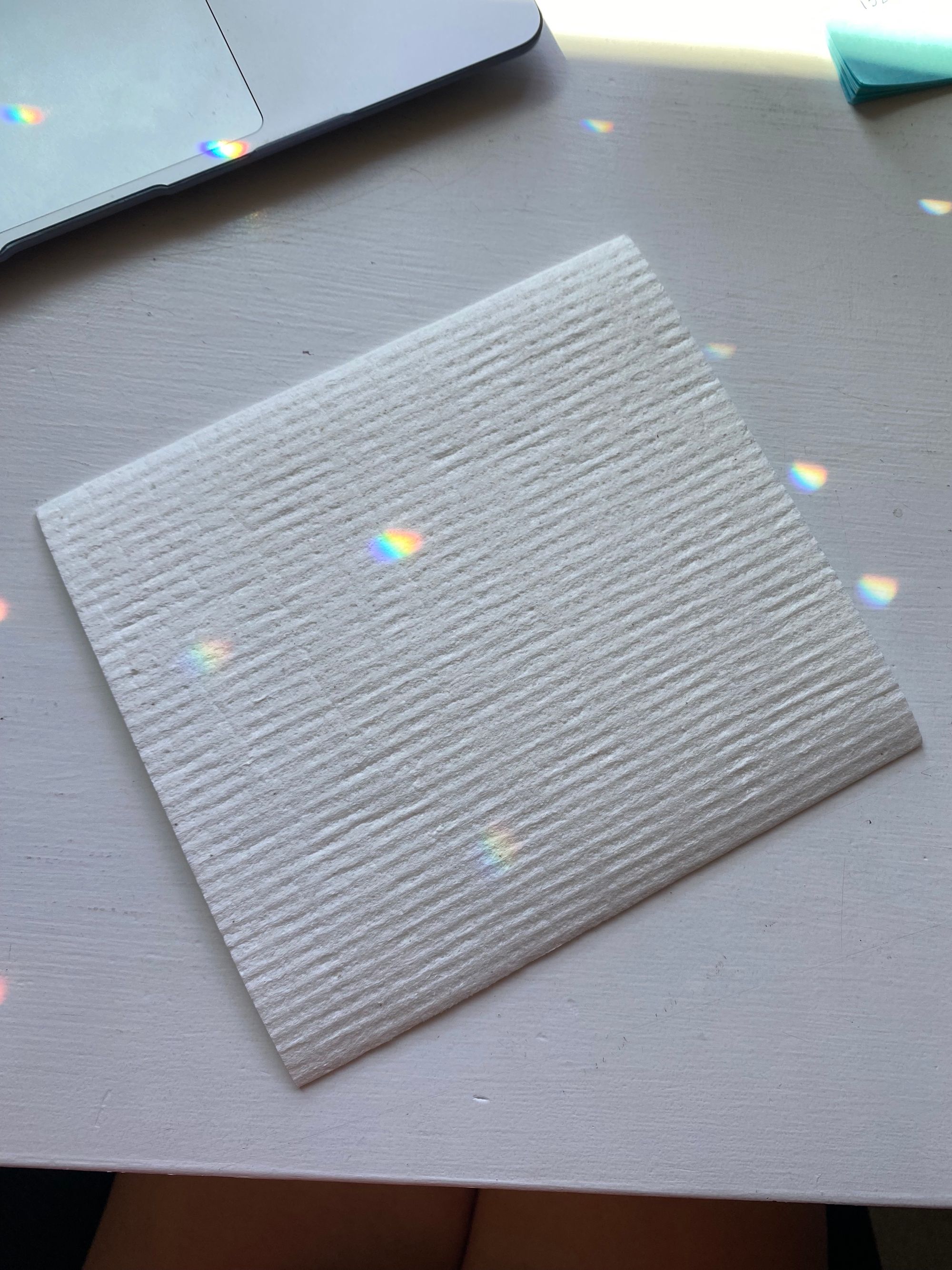
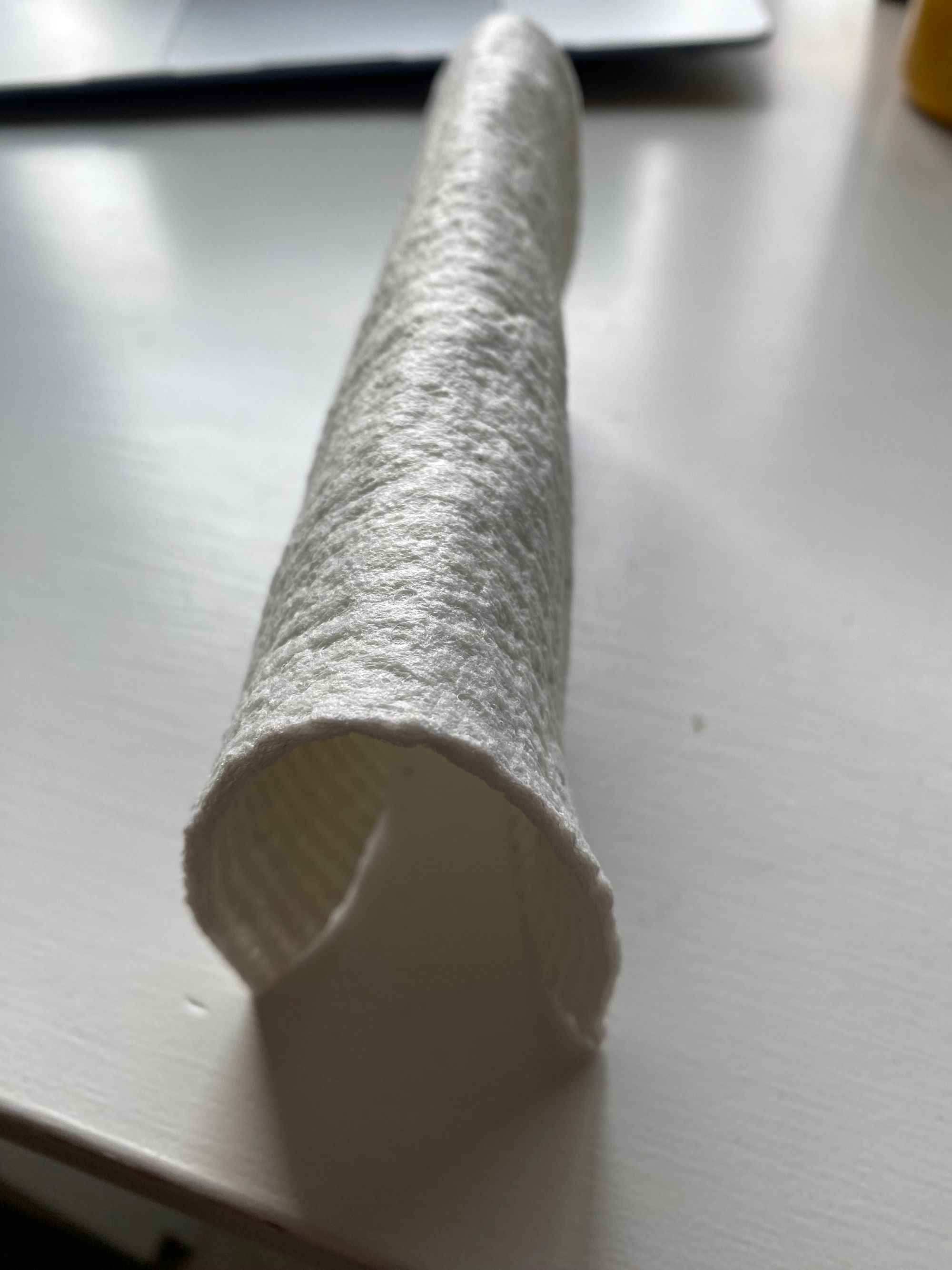
Pro tip: dry your Swedish dishcloths flat, not over a towel rack... or they get a little wonky shaped!
Swedish dishcloths are also more durable and absorbent than traditional paper towels. This high absorbency (up to 20 times their weight in water) is super-convenient. We've used mine for washing and drying dishes, detailing my car, cleaning my apartment bathroom before a move, cleaning my friends' apartment bathroom before a move (worse than mine, sorry to the friends), cleaning glass without leaving streaks, and more.
Over time, the dishcloths do wear out and start to break down, but they can be composted, instead of tossed in the trash. They're also often packaged with recyclable or compostable materials, rather than plastic packaging.
While we've found that cloth and Swedish dishcloths are pretty much all we need to eliminate paper towels in our personal lives, there are also other alternatives to traditional paper towels out there, like bamboo paper towels, reusable bamboo paper towels, and reusable un-paper towels. However, we haven't tried any of them yet: have you? Have you tried a Swedish dishcloth? What did you think?
I'd love to hear from you about your experience in replacing single-use paper towels in your life. You can comment on this post or feel free to email me anytime at jessalyn.gentry@circlewood.online.
Jessalyn